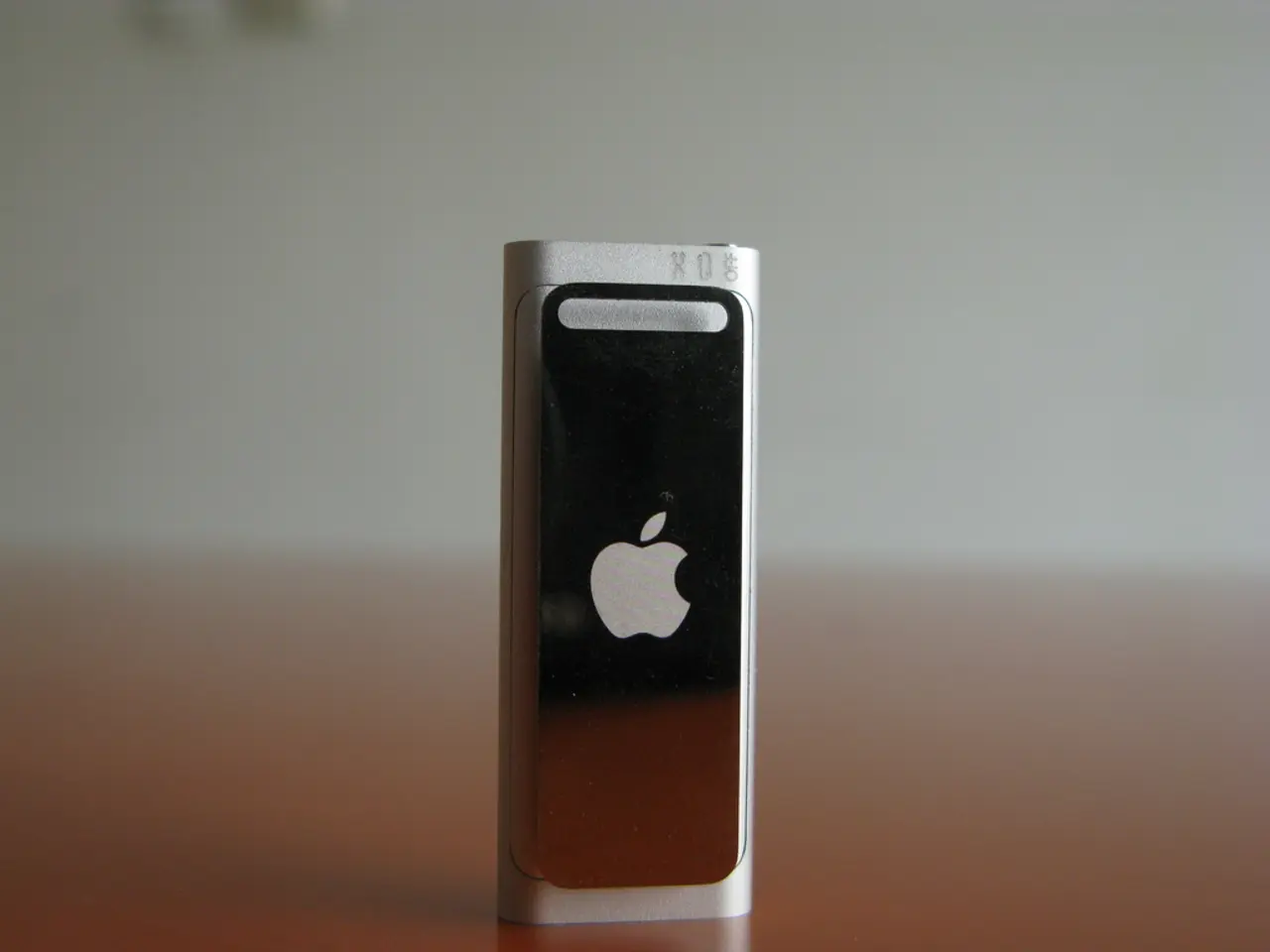"Device Fingerprinting Explained (Year 2024)"
In the digital age, maintaining privacy and data security is a paramount concern for individuals and businesses alike. One technology that has raised questions about privacy and data protection is device fingerprinting. This article delves into the workings, implications, and regulatory considerations of device fingerprinting.
What is Device Fingerprinting?
Device fingerprinting is a method used to identify and track individual devices based on unique combinations of attributes, rather than traditional identifiers like IP addresses or cookies. It collects a range of device and browser attributes, such as user agent strings, hardware characteristics, and more, enabling tracking without storing any data on the client device itself.
How Does Device Fingerprinting Differ from Cookies?
Unlike cookies, device fingerprinting does not require storing data on the device. Cookies, on the other hand, store small pieces of data locally in the browser to recognize returning users. While cookies offer more precise user identification in scenarios like repeat visits or logged-in sessions, fingerprinting is more stealthy and can work without client-side storage.
Regulatory Landscape
Several countries have enacted regulations to govern the use of device fingerprinting. For instance, South Korea's Personal Information Protection Act (PIPA) and China's Personal Information Protection Law (PIPL) require explicit consent for data collection, including device fingerprints, and emphasize user rights over their data, consent, and transparency. The European Union's General Data Protection Regulation (GDPR) also requires businesses to obtain explicit consent from users before collecting data that could be used to identify them, among other provisions.
In Brazil, the LGPD (Lei Geral de Protecção de Dados) considers device fingerprinting as personal data processing and requires companies to collect consent, inform users of data collection, and provide opt-out mechanisms. The California Consumer Privacy Act (CCPA) and its update, the CPRA, also give California residents the ability to opt out of data collection and sharing for personalized advertising, which includes device fingerprinting.
Privacy Concerns and Industry Uses
Device fingerprinting poses significant privacy challenges because it enables user tracking without explicit consent or stored identifiers and is difficult for users to detect or control. However, it is widely used across various industries, including online banking and financial security, e-commerce and retail, advertising and marketing, regulatory compliance, online gaming, healthcare and telemedicine, education, subscription services, and cybersecurity.
Combating Fraud with Advanced Solutions
Despite the privacy concerns, device fingerprinting plays a crucial role in enhancing security, preventing fraud, and personalizing user experiences. Companies like Sumsub offer Fraud Prevention solutions that use advanced ML algorithms to tackle all types of fraud at every user interaction. These solutions monitor device usage and user behavior, detect anomalies and irregularities, and integrate identity verification processes to ensure user authenticity and mitigate risks.
Sumsub's Fraud Prevention solution also offers customizable risk assessment rules, real-time monitoring of user actions, and compliance with regulations such as GDPR and AML. Furthermore, it provides scalable solutions for businesses of all sizes and industries to combat fraud effectively.
In conclusion, while device fingerprinting raises privacy concerns, particularly under regulations like the GDPR, it offers a more persistent, less user-controllable tracking mechanism than traditional cookies by leveraging passive device data rather than client-stored identifiers. As with any technology, it is essential to strike a balance between security, convenience, and privacy.
- The digital age emphasizes the significance of privacy and data security, not only for individuals but also for businesses in sectors such as online banking, financial security, e-commerce, advertising, regulatory compliance, online gaming, healthcare, education, subscription services, and cybersecurity.
- In the realm of data and cloud computing, device fingerprinting is a method used to identify individual devices based on unique combinations of attributes, distinct from traditional identifiers like IP addresses or cookies.
- Personal-finance and business organizations are increasingly employing device fingerprinting for purposes including fraud detection, ensuring user authenticity, and enhancing the user experience.
- In terms of personal data processing, Brazil's LGPD, South Korea's PIPA, China's PIPL, the European Union's GDPR, and Californian laws such as CCPA and CPRA require explicit consent from users before data collection, including device fingerprints.
- The technology industry has witnessed the development of advanced solutions like Sumsub's Fraud Prevention, which utilizes machine learning algorithms for fraud detection, anomaly detection, and integrating identity verification processes.
- These advanced solutions, offered by technology companies like Sumsub, may also comply with regulations like GDPR and AML, providing scalable solutions for all businesses striving to combat fraud effectively.
- In the realm of food-and-drink, home-and-garden, fashion-and-beauty, travel, sports, and weather-related sectors, it is crucial to acknowledge the potential impact of device fingerprinting on user privacy and strive for a balance between security, convenience, and privacy.





